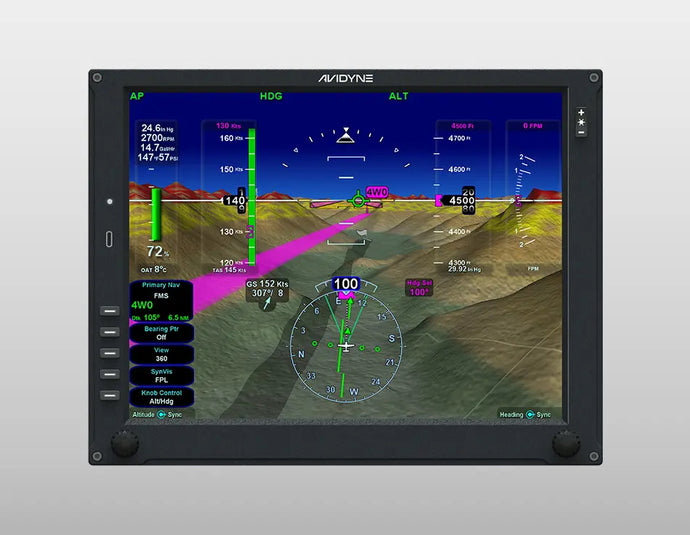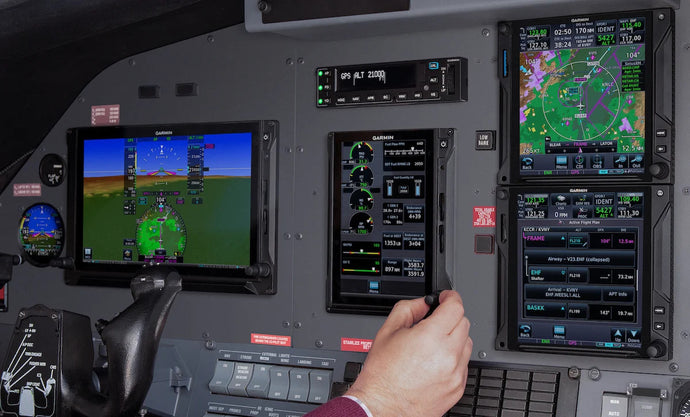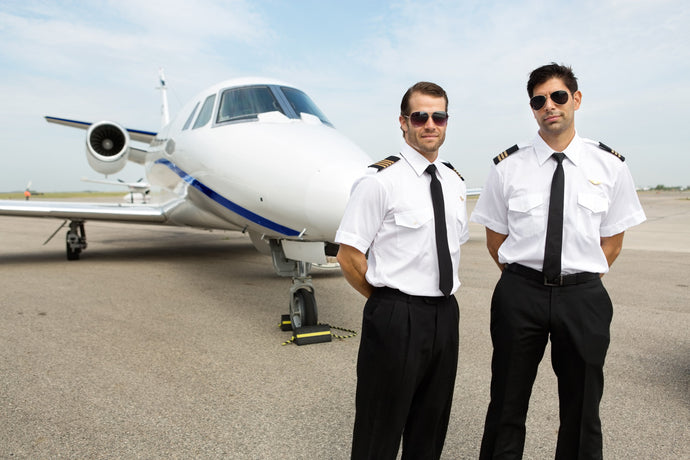
If you’re following the latest news ADS-B news, one thing is clear: the FAA isn’t messing around. Just a few months ago, they came out with a statement regarding authorization to operators of aircraft not equipped with ADSB-Out equipment.
The message? Anyone operating a non-equipped aircraft in ADS-B Out airspace without first having a pre-flight authorization that meets the latest rules will be presumed to have violated the regulations. Ouch.
That means aircraft operating in the airspace must comply with the ADS-B Out equipage and performance requirements. And the FAA wants everyone to know there’s little chance of wiggle room. As part of their statement, the FAA affirmed there’s zero chance of modifying the requirements set out in the 2010 final rule. So, for those of you betting on the FAA backing down, you might be in for a bit of a crash landing.
The goal of the notice was to establish a general policy that would apply to all operators of non-equipped aircraft looking for authorization to operate in ADS-B Out airspace. That includes:
- Specific policies for handling authorization requests from scheduled operators
- Policies for other than scheduled operations at capacity constrained airports
- Guidance on the provision of air traffic services to non-equipped aircraft that have failed to obtain an authorization to operate in ADS-B Out airspace
- Plans for implementation of the authorization policy
The FAA further went on to say that, “consistent with the rule’s requirement that an operator request an authorization at least one hour prior to the operation, the policy will preclude and operator from requesting and the FAA from issuing in-flight authorizations to operators of non-equipped aircraft.”
So how has the industry taken the news? Our friends at the Aircraft Electronics Association have had high praise for the FAA’s transparency and publication of this notice. And all of the AEA members have been encouraged to share the notice customers who may still be gambling on not updating their aircraft prior to Jan 1, 2020.
Frequently Asked Questions about ADS-B
Authorization of aircraft and operators for flight in RSVM airspace
QUESTION
If the aircraft is equipped with a compliant ADS-B Out system, does the aircraft still need reduced vertical separation minimum equipment, approval and maintenance?
ANSWER
Yes. According to the most recent FAA Advisory, the FAA has issued its final rule for application to operate in RVSM airspace. Earlier this year, they published a revision to clarify that
eligibility means:
- The aircraft design ensures the aircraft will meet RVSM performance requirements
- The aircraft has been properly maintained on an ongoing basis to conduct such operations
The advisory circular further explains that “Aircraft may be produced RVSM-compliant or brought into compliance through the application of appropriate service bulletins, service letters, engineering change orders, or supplemental type certificates.” The FAA also goes on to say that “The limitations section of the airplane flight manual or AFM supplement should indicate the aircraft has been determined to be capable of meeting the RVSM performance requirements of 14 CFR Part 91 Appendix G.”
And finally, the AC makes it clear that “The operator is responsible for maintenance of the systems affecting RVSM performance on the aircraft. The operator must ensure that it complies with the appropriate instructions for continued airworthiness.”
The December 2018 rule allowed for an authorization for operation of RVSM aircraft equipped with a qualified ADS-B Out system. Note that the rule only addresses the operation with no change to the aircraft RVSM requirements, nor any of the maintenance requirements. This is further highlighted where the AC states:
Operators and pilots seeking to operate in RSVN airspace under the provisions of Part 91 Appendix G, Section 9 are not required to apply for authorizations. The operator or pilot needs to ensure all applicable requirements in Part 91 Appendix G to operate in RVSM airspace are met. The operator or pilot should:
- Determine the aircraft is RVSM-compliant
- Ensure pilots are knowledgeable
- Ensure the aircraft meets RVSM performance and the aircraft has been height-monitored in accordance with paragraph 4.3
- Properly file a flight plan and understand the policies and procedures for the RVSM airspace in which the aircraft will operate.










